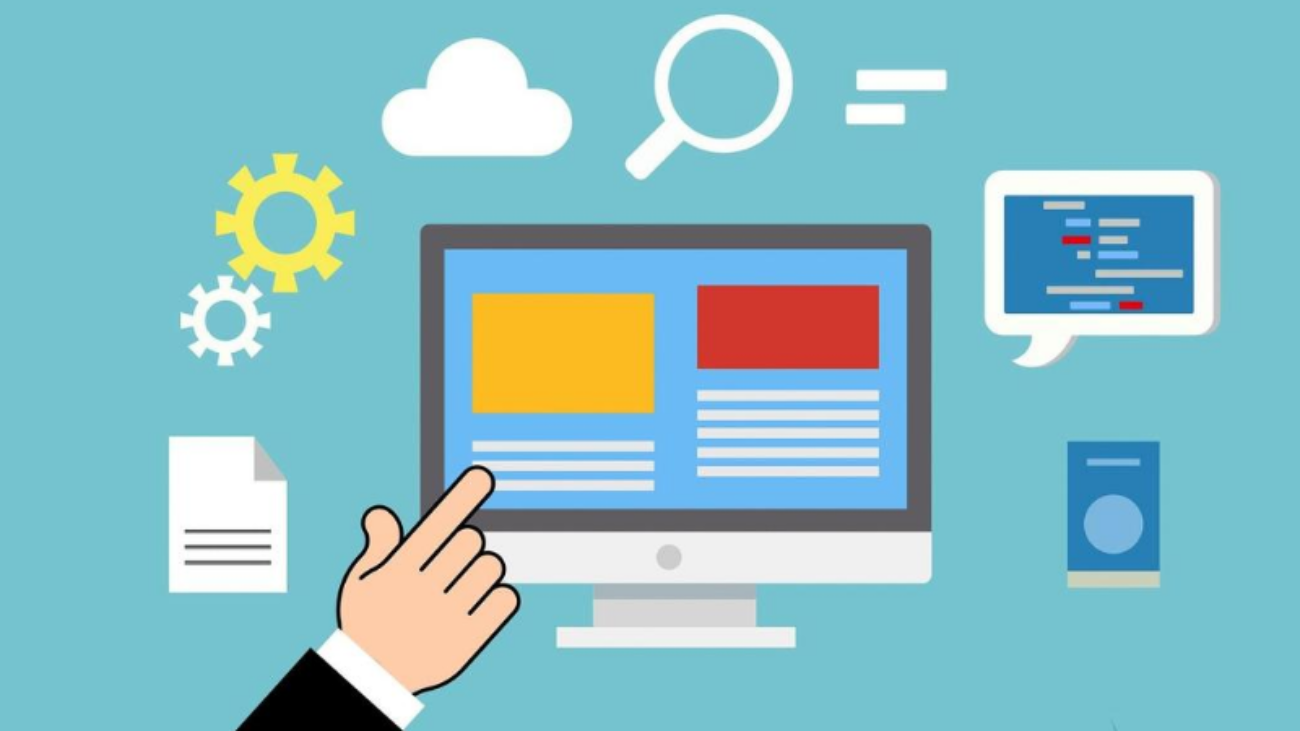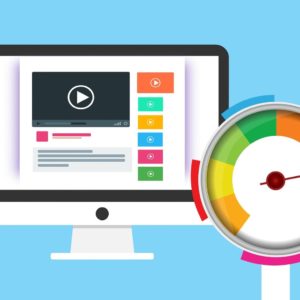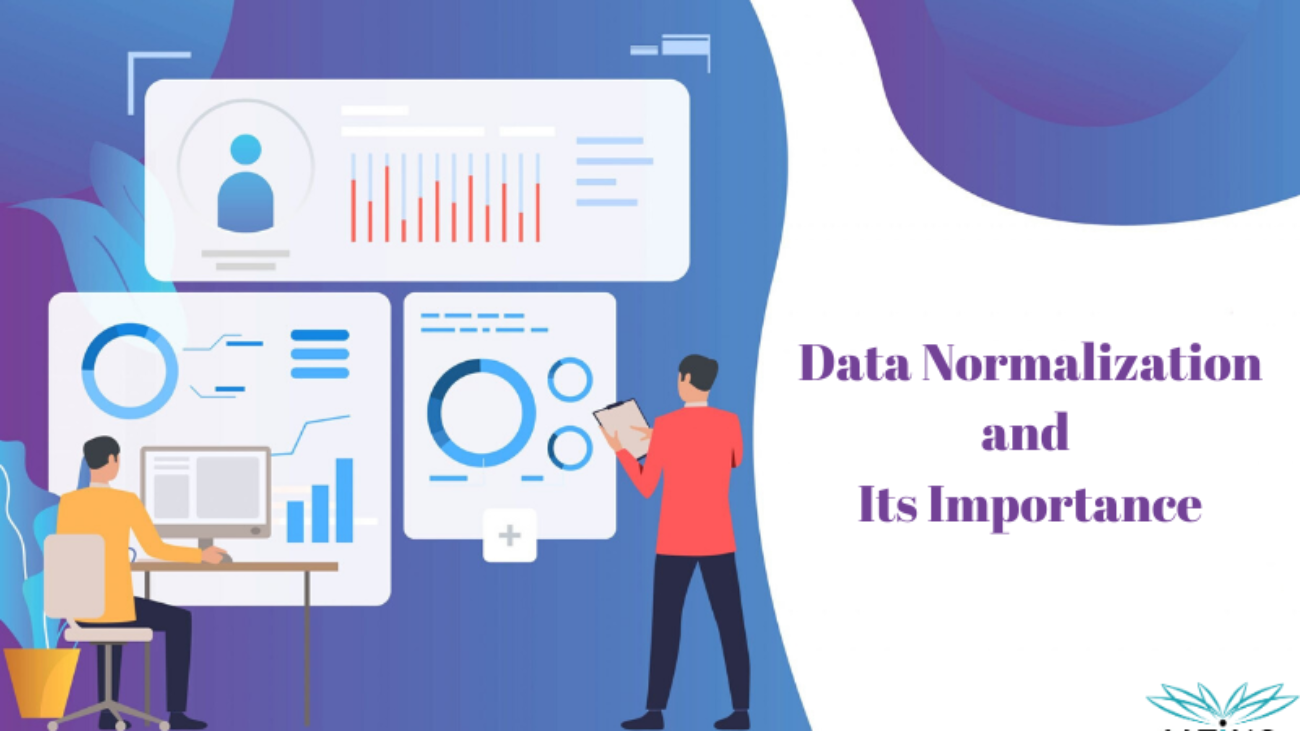If you are reading this space, the chances are that you have a pretty website, an established name, reasonable search traffic, lead-generating ads yet experiencing a higher bounce rate on your website and eCommerce store.
In other words, genuine visitors looking for products/services in your niche area are simply bouncing off the website without even giving you a chance to convert them as your customer.
Let’s jump into defining what constitutes a High Bounce Rate. As per Google Analytics, Bounce Rate is the percentage of single-page visit which increases when:
- Users exit your website just after viewing a single page
- Users follow an outbound link just after viewing a single page
- Users click the back button after viewing a single page
- Users go through the entire page and not interact with any element on your website
As a result, it majorly affects your conversions and sales revenues. Additionally, Google takes your bounce rate into account as one of many factors on how to rank your site on its Search Engine Results Page (SERP). The higher the bounce rate, lower the rank, the poorer is your discoverability online.
Here are some pre-requisites that you are required to ensure in order to bring the bounce rate under control for your eCommerce store.
Improve Page load speed
Consumers expect a typical webpage to load in about 2 seconds or less. Beyond which they began to move on to your competitor’s site.
Not only consumers, but even Google considers the page loading time for ranking your site. If your site is consistently slow to load, it will result in a higher bounce rate as well as slip in SERP rankings.
Here, we are also recommending to integrate a sub-second website module to your eCommerce store.
Check for Product page optimization
Sometimes businesses end up concentrating too much on-site UX that they fail to optimize theproduct content and data. Ultimately, it’s the product page that makes or breaks the sale.
Having a clean product page with genuine reviews, adequate attributes, relevant user manuals, effective Call-To-Action texts, compelling product descriptions, simple colour theme, appropriate placement of “Add to cart” and “Buy now”, all contributes to lowering of bounce rate.
Additionally, offering faster checkout, mentioning recognized credentials will improve your sales conversion and reduce bounce rate.
Offer a visible and accurate site-search solution
As elementary as it may be, proper visibility of a site-search box is very essential for an eCommerce site. According to a 2002 report, an ideal search box should be 27-character wide.
You can choose to customize it accordingly: fixing it at the top of the page so that visitors who scroll down the page never lose sight of it and having an auto-fill search box are recommended.
Using Taxonomy and Attribute development approach will offer better navigation and search functionalities to the users. It will incentivise the users to go beyond a single page and interact more with the website, thereby reducing your bounce rate.
Optimize your website for smartphones/tabs
Improvements in mobile technology have drastically increased the use of smartphones and tablets. Almost 95% of your customers, including that of B2B customers, prefer shopping using their mobile devices.
Therefore, it makes more sense to optimize your web page elements for viewing on mobile devices other than conventional desktops. Even Google Analytics has started considering mobile-friendliness as a ranking factor for its SERP.
Personalize shopping using exit-intent popups
It is proven that Exit-intent popups on eCommerce sites will lead upto 20% increase in conversion rate. Exit-intent popups can be your last resort to prevent users from exiting your website.
Such popups if used wisely can make users interact with various elements on your website, thereby reducing single-view page exit, i.e. bounce rate on your website.
Best things to mention in an exit-intent popup would be to show promo codes and discounts, offer to find the desired products, ensure free shipping etc.
Thanks to the opaque nature of eCommerce, building trust among your customers come to be of prime importance before you make a sale. This is majorly achieved by implementing the above-discussed techniques.
However, let’s assume you own a local business operating in Austin, Texas. It is found out that most of the traffic came from the region outside the area of operation. Kudos to your SEO efforts but visitors are prone to see your location and leave, heading back to search results. In such cases too, the bounce rate is incredibly high.
So, where did you go wrong? While integrating the above pre-requisites on to your site will impact your bounce rate and improve site UX, we suggest you book an appointment with our expert Solutions Provider, who will help analyze your bounce rate in the context of your business and also offer specific solutions to minimize it.








